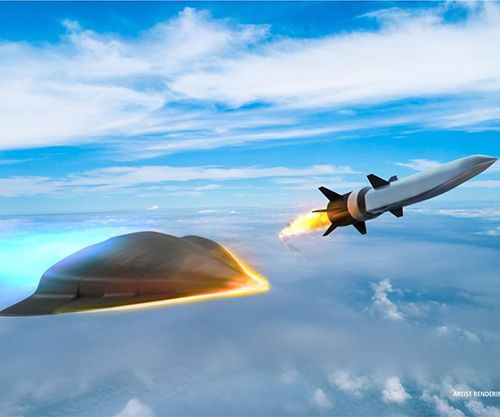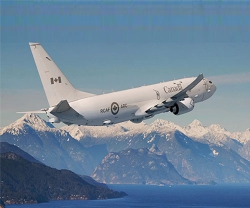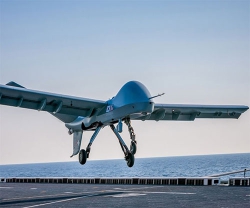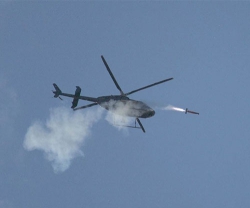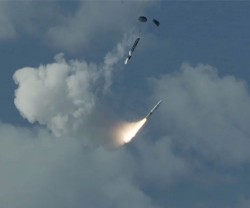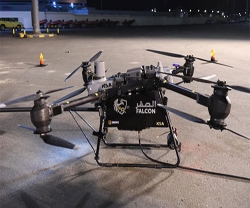Raytheon Company and DARPA completed a successful baseline design review for the Tactical Boost Glide hypersonic weapons program, establishing the company’s technical approach for a critical design review and moving the system a step closer to development and use.
Hypersonic vehicles operate at extreme speeds and high altitudes. Raytheon is developing hypersonics for the U.S. Department of Defense.
A boost glide weapon uses a rocket to accelerate its payload and achieve hypersonic speeds – velocities greater than Mach 5. During flight, the payload separates from the rocket and glides unpowered to its destination.
“We understand the urgency of the need and are working fast to deliver this advanced technology to our nation's military. The goal is to keep America ahead of emerging threats, and we are well on our way,” said Dr. Thomas Bussing, Raytheon Advanced Missile Systems Vice President.
The U.S. military will use hypersonic weapons to engage from longer ranges with shorter response times and with greater effectiveness than current weapon systems.
Earlier this year, Raytheon received a $63 million DARPA contract to further develop the Tactical Boost Glide program, a joint effort between the agency and the U.S. Air Force.
Raytheon Company, with 2018 sales of $27 billion and 67,000 employees, is a technology and innovation leader specializing in defense, civil government and cybersecurity solutions.
With a history of innovation spanning 97 years, Raytheon provides state-of-the-art electronics, mission systems integration, C5I® products and services, sensing, effects, and mission support for customers in more than 80 countries.
Raytheon is headquartered in Waltham, Massachusetts, USA.

